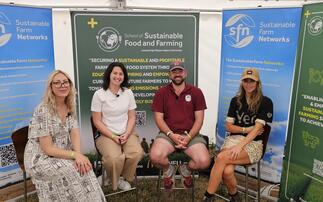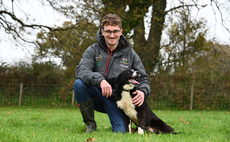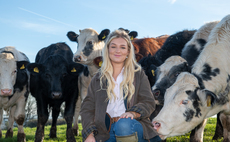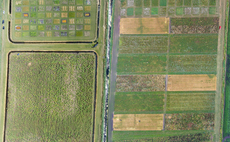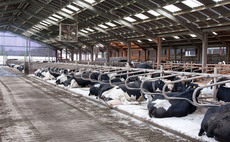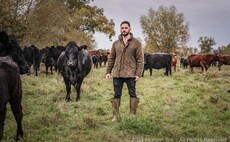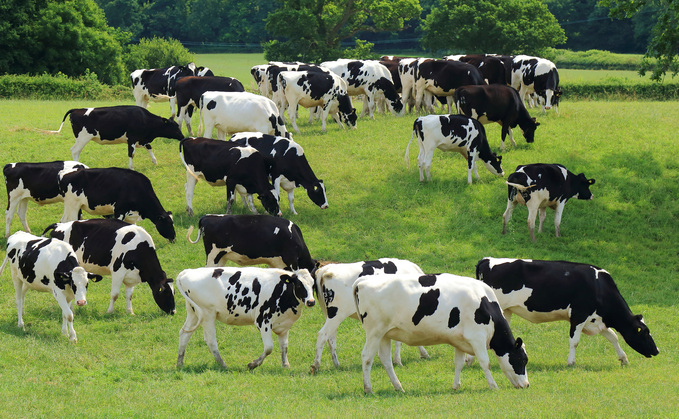
When does the dairy cows' year ‘start'? Is it the day of calving, is it at dry-off, or is it the day she conceives? What we do know is that non-pregnant, open cows can have a major impact on profitability, especially the further into lactation they progress before conceiving.
The latest value put on the average cost per day for an open cow is £4.50 meaning that if one cow stays open 20 days longer than expected, the farmer could be losing as much as £90 on that cow, or £9,000 for every 100 cows in the herd.
Now, 20 days may seem excessive but the Pan Livestock Services study of 500 NMR recorded herds in 2022 showed a 29-day improvement in calving interval for the top 25% of herds observed versus the bottom 25% of herds (412 days/384 days).
Although not the best measure for dynamic assessment of herd fertility, calving interval does give an indication of the range in fertility on UK farms. Digging deeper, the study found that the percentage of cows conceived by day 100 on these 500 farms stood at 39 percent in 2022, 13 percent higher than in 2010 (when the first annual study was done).
Both of these pieces of data point towards an ongoing improvement in fertility on UK farms but also shows the range between the top 25% and bottom 25% of farms, as well as the scope for improvement which still remains.
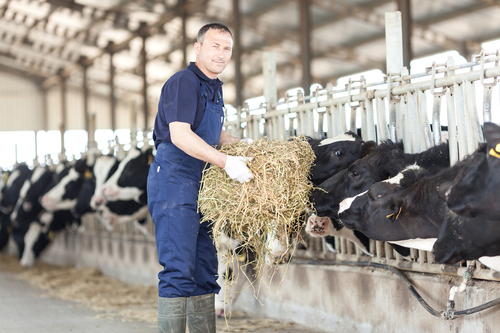
Ìý
What factors can affect the reproductive efficiency of cattle?
Research has shown that management and environmental factors are responsible for up to 96% of the variation in on-farm conception rates.
These factors could be any of nutrition, metabolic disorders, reproductive health, season (e.g. summer versus winter), heat detection or even insemination practices. Add to this the challenges linked to transition such as uterine environment disorders, uterine and/or ovarian conditions and even the stress of group change and the process of calving.
Studies have shown fresh cow diseases reduce the percentage of cows being bred and lower overall conception rates. Research also indicates that the detrimental consequences of transition and early lactation disease can extend for months after resolution of the clinical symptoms. Reduced conception rate can be seen and pregnancy loss increased in cows with even one inflammatory disease, e.g. metritis, from calving until pregnancy diagnosis.
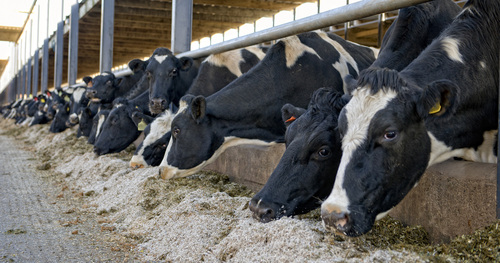
Ìý
How to manage transition
Reducing stress around calving is one key step. Reducing group changes in the week pre-calving for example, maintaining dry matter intake with a well presented diet and adequate feed space per cow (target 80-90cm per cow) will help this. Additionally, ensuring a comfortable environment by limiting heat stress in the summer months will help, avoid overstocking accommodation (target a maximum 80% stall occupancy) and ensure bedding is adequately sized for heavily pregnant cows and bedding material is sufficient to aid lying times.
Making nutritional improvements can also help. In a study of 244 commercial European herds in the UK, Netherlands, Belgium, France and Italy, 40,333 cows were fed OmniGen AF for an average of five months, including all dry cows. These herds observed a reduction in retained foetal membranes (RFM) and metritis, with an average reduction of 34% in both conditions recorded.
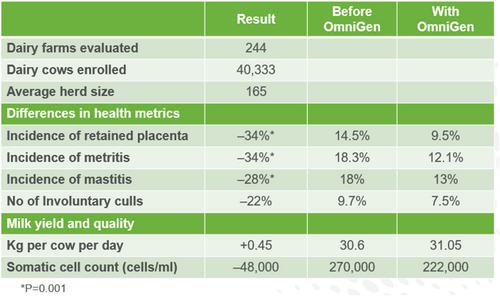
Another study in a large commercial dairy herd at the University of Florida compared 700 cows fed OmniGen AF with almost 700 cows not fed OmniGen AF from dry off, into mid-lactation. They found an average 10 day reduction in days open, mainly as a result of reduced incidence of RFM and metritis (as well as a number of other disease incidence reductions) whilst these cows also produced 0.7kg more milk per day than the non-OmniGen AF fed cows and spent fewer days in the sick pen.
A natural, unique and patented product, OmniGen AF supports the cows' immune system even at times of stress, such as calving and transition, with notable impacts on health and reduced transition disease leading to subsequent benefits for herd fertility. Used in tandem with a DCAD (partial, or full) dry cow diet can really help set cows up for transition to a successful, and profitable lactation.
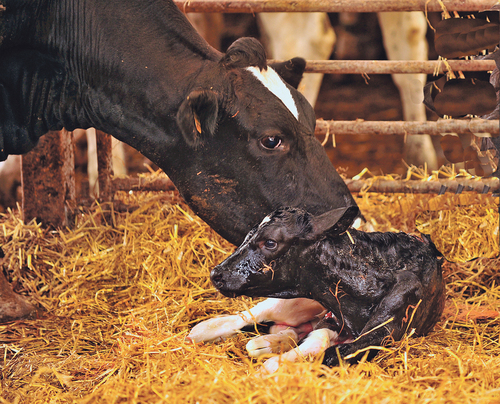
Ìý
Interested in finding out more?Ìý
For more information on how you can use OmniGen AF to maintain a healthy herd, click the link below.
Ìý
This post is funded by Phibro.





